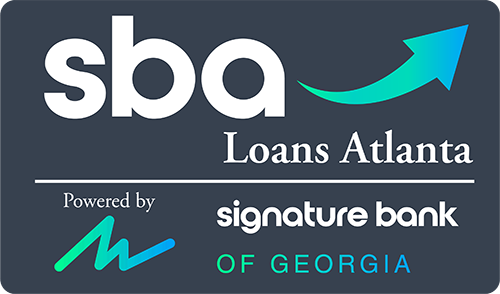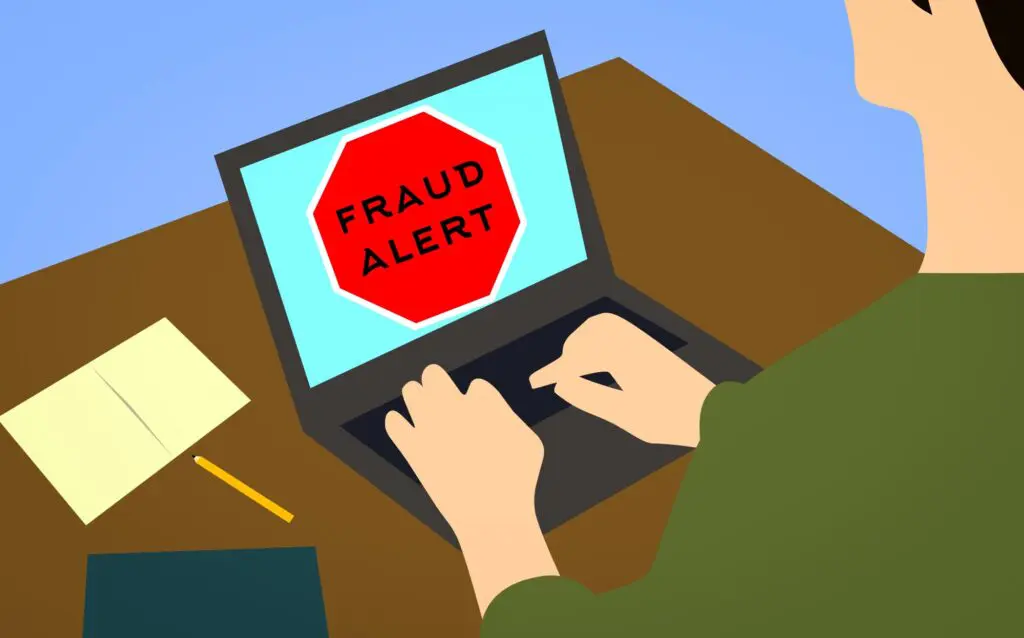In modern times, there are a lot of different ways to transfer money between individuals. You can link up certain apps to your bank account and send money directly into another person’s account. Despite the accessibility of these apps, checks still manage to see a lot of use.
Many older individuals like sticking to what they know. There’s also the benefit that checks do not have an upper limit for money transfers.
However, using checks can open you up to check fraud. Here are six tips on check fraud prevention and how to keep your money safe.
1. Know the Types of Check Fraud
What is check fraud and how can it affect your finances?
First of all, it’s important to know all the different types of check frauds you can fall victim to. Usually, it takes the form of altered checks or counterfeit checks.
An altered check is when a thief steals a legitimate, signed check and changes its information. They may alter who is receiving the check and/or the amount written on it. This person then cashes the check long before your intended recipient would have been able to.
If a criminal has access to your basic account information, they can create their own doctored checks. They can then produce hundreds of checks that look and function like legitimate ones.
There’s also the issue of unsolicited fraud checks. In this case, a scammer sends a check that looks legitimate but doesn’t actually add money to your account. They then request the money back, and you send them money without knowing you never got anything from them in the first place.
2. Order Reputable Checks
It may seem like a good idea to order fun-looking checks from an online retailer, but they don’t always include the security features you need to protect your accounts. They may also end up rejected by your bank or the recipient’s bank.
Always order from a reputable check-printing business or directly from your bank. It may cost more and you’ll have fewer customization options, but they come with specific features that can prevent counterfeiting or alteration.
For example, your checks may have watermarks to prevent duplication. Reactive paper and ink can alert a bank that a check has been tampered with.
3. Fill It Out Properly
Another way to prevent check fraud is by completely filling out the check in a way that stops someone from easily altering it.
Make sure to fill out every line as clearly as possible. Don’t leave any room for someone to change a word or number.
Write in the complete date and avoid putting in only numbers. A fraudster could easily change the date if you only write the last two digits of the year.
Use the entire name of the company when writing or printing checks. If the full name fills up the entire line, then that’s even better. You don’t want a thief to change an acronym into a completely different name.
When writing out the amount on the check, spell it out completely. For example, $100.00 should be written out as “One hundred dollars and 00/100.” You can also draw a line to fill in the rest of the space to prevent someone from writing more.
4. Safeguard Checks
Some thieves manage to steal money by gaining access to your legitimate checks. All they need to do is get a single blank one in order to start funneling money out of your accounts.
Keep whatever reserves of checks, bank statements, and other important documentation in a safe and secure area. This can be a private facility that only trained and responsible staff can access. You can also use a safe built into the wall as a storage option for your checks.
Another way to protect your funds is by defacing and keeping voided checks. Defaced or voided checks will never get accepted by a bank.
You may want to keep voided checks for your annual financial statement audit, but they should be stored like any other important documentation. If your accountant approves shredding them, try running it through the machine a couple of times.
5. Monitor Your Accounts
Managing your finances is an important part of running a business. It’s also essential for check fraud protection.
Quick fraud detection can limit loss exposure, which is especially useful when you’re managing a larger company. It’s easy for a thief to draw out small amounts over longer periods of time to avoid detection. However, staying on top of your finances will allow you to spot them before they get too far with it.
Review your bank statement and check that expenditures are related to company business. Signatures should come from authorized signers, and endorsements should line up with your expectations.
If anything looks out of the norm, you may need to stop all money transfers until you can find out who or what is causing unnecessary expenditures.
6. Use a Positive Pay Service
One of the best ways to prevent check fraud is by using a positive pay service. This service is available through the Treasury Management Department of most banks and is offered by Signature Bank of Georgia.
Banks use positive pay to match checks with those a company presents for payment. If any check is found to be suspect, it is sent back to the issuer.
The service matches the check number, dollar amount, and account number of a check presented against a list provided by a company. If a check doesn’t match the items on this list, then it is not cleared.
While this service may create a little added time each day to approve the items, it’s great for larger companies with a lot of regular payments.
Avoid Checking Fraud
If your company makes regular use of checks, then you may be at risk of check fraud. However, it’s easy to avoid running into problems as long as you follow some of these tips. Choosing the right bank can also protect you from sudden financial loss.
Signature Bank of Georgia has been operating for over 17 years and offers added protection to your account through various services. We offer positive pay as well as check block and ACH debit block. Apply online or contact us to learn more.


